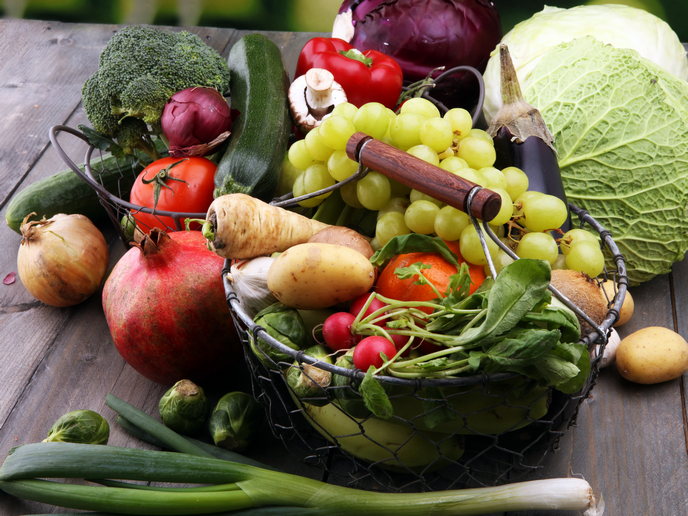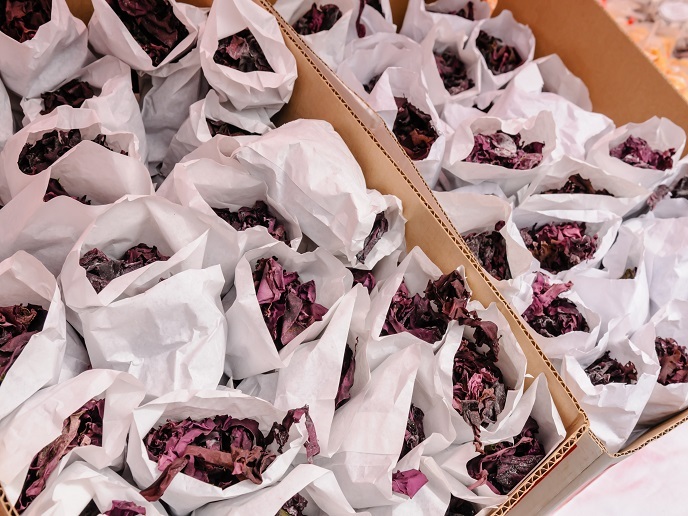Bug-rearing technology aims to speed up the revolution in edible insects
A rising global population is straining existing food supply chains, and surging demand for meat and dairy has led to overconsumption and an expanding need for land, water and energy resources. With added concerns about the negative impacts of certain food industries on climate change and global warming, humans are now starting to adjust the way they eat. One promising alternative food source is insects, packed high in protein and with a far smaller environmental footprint than meat farming. The EU-funded BUGBOX project is hoping to put itself at the heart of this insect culinary revolution. BUGBOX developed an automated mass-rearing reactor system for edible insects, which is easy to use and scalable. “The BugBox reactor is a closed environment to avoid parasites and pathogens entering during the rearing process, and to avoid insects escaping,” says Erlend Sild, CEO and founder of BugBox Ltd(opens in new window) in Estonia. Currently only manual methods for insect rearing exist. This means production of insect-based proteins is not cost-efficient, and is difficult to scale. The BugBox prototype rearing reactor is 200 times more productive and more than 10 times cheaper than competitor methods. “The system allows every businessman to become an insect industry entrepreneur,” adds Sild, BUGBOX project coordinator.
Unique software
“The system is completely controlled by our own software, and human input is unnecessary during the whole insect rearing process. The software regulates the reactor temperature and humidity, while food and water delivery are based on the insect species, age and chosen rearing cycle,” Sild explains. The reactor is programmed to clean itself, and remove all faeces, dead insects and feed residues. These will then be transported automatically straight to a production site where they will be turned into organic fertiliser. The team aims to sell this as an additional, environment-friendly product.
Multispecies system
The BugBox reactor was designed to be suitable for all kinds of Orthoptera(opens in new window) species – the order of insects that includes crickets, grasshoppers and locusts. The decision to focus on Orthoptera species was based on three criteria, explains Sild. First, the team has a high level of knowledge about rearing these insects. Second, the end product can be sold and distributed on two separate markets: either as feed for other animals, or as food itself. Finally, the team sees huge market potential for Orthoptera in Asia and sub-Saharan Africa, as some species are part of the natural diet in these regions. The software has preprogrammed basic requirements of several of the most commonly farmed species. This lets insect farmers simply choose the appropriate programme, with different rearing phases, intermittent rearing, and other adjusted rearing criteria. The operator of the system is notified immediately if there are any errors that occur during the growth cycle.
Growing interest
The team plans to continue developing both software and hardware sides of the product as planned. They expect to be setting up the first prototype production site for tests next year. “Interest toward our technology has become very intense recently! This gives us even stronger belief and encourages us to accelerate our developments,” says Sild.







